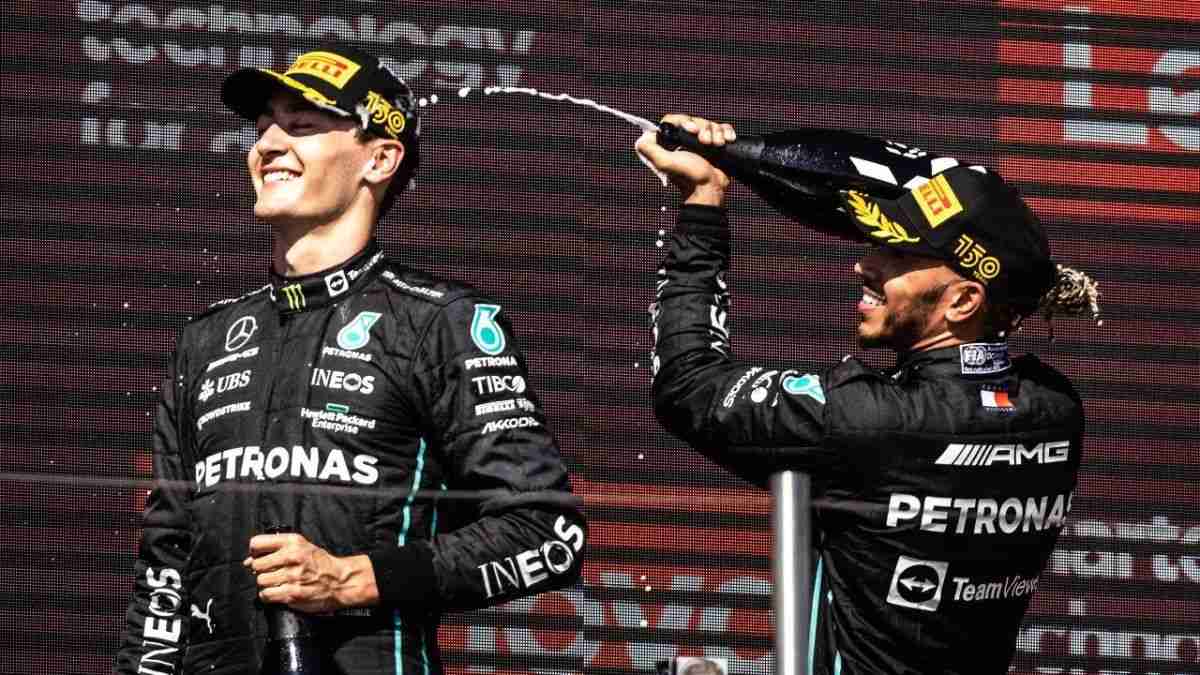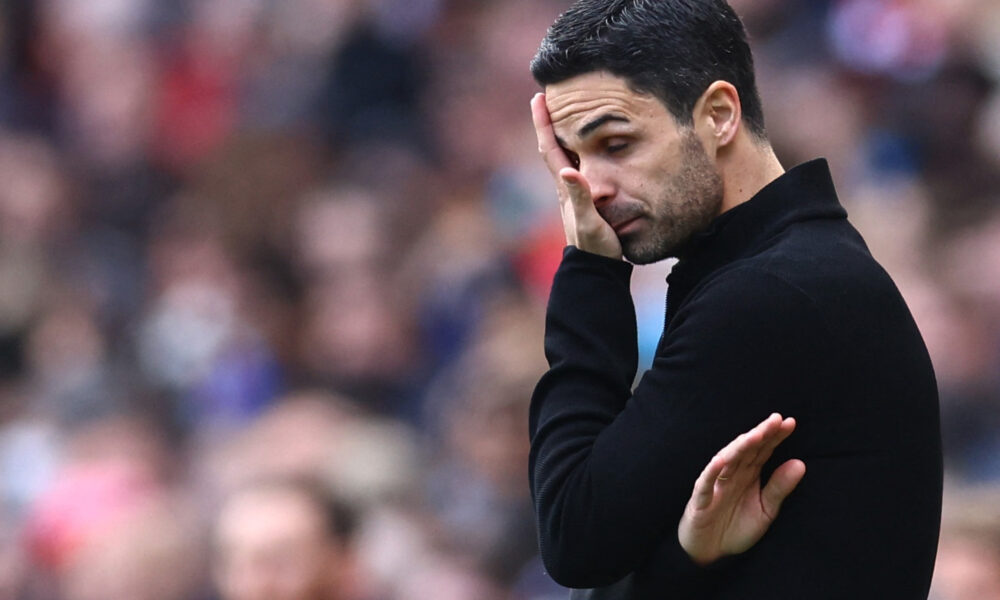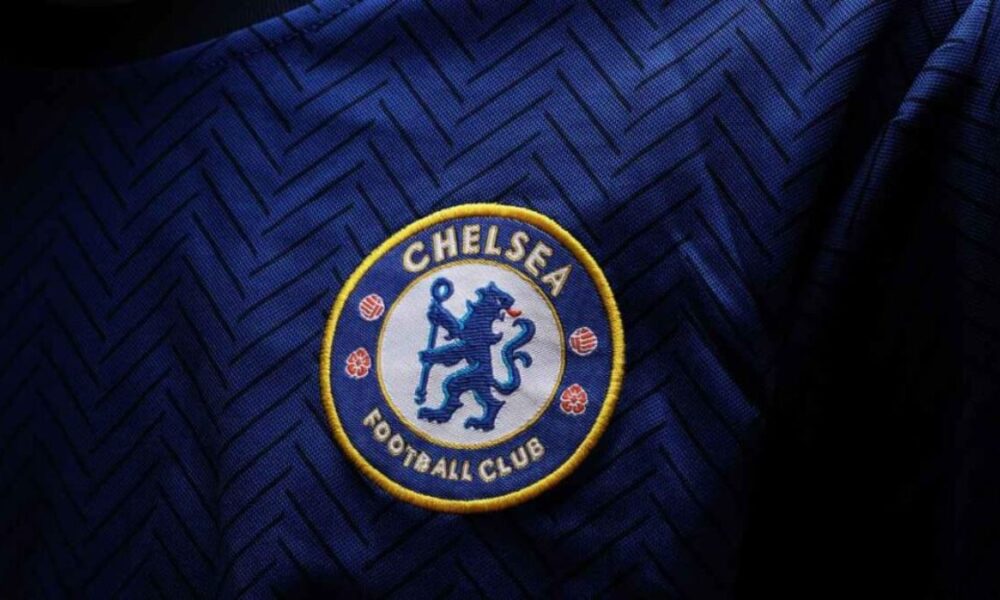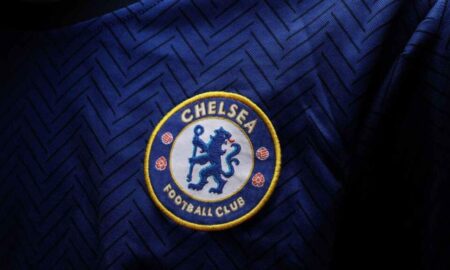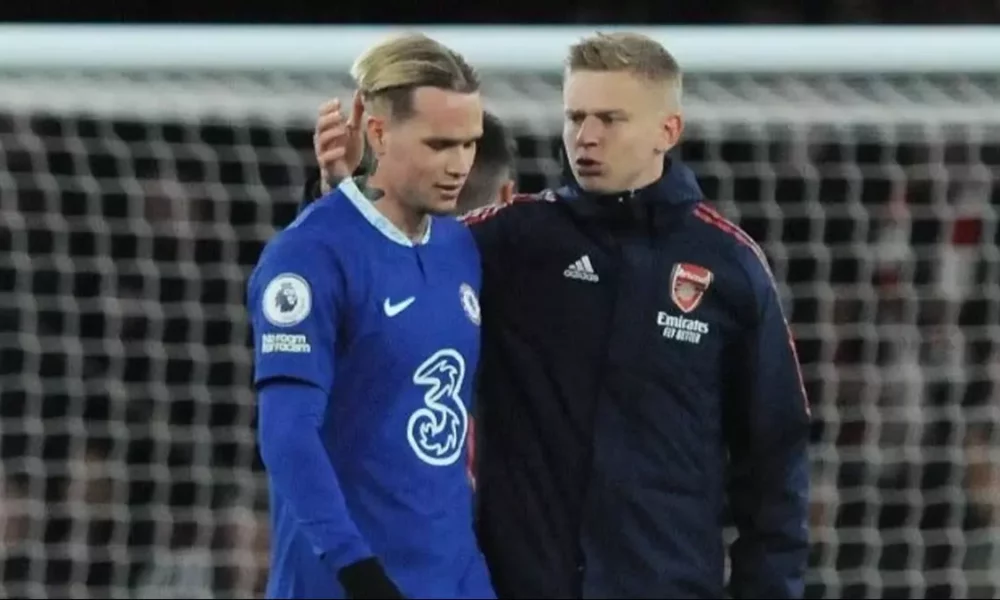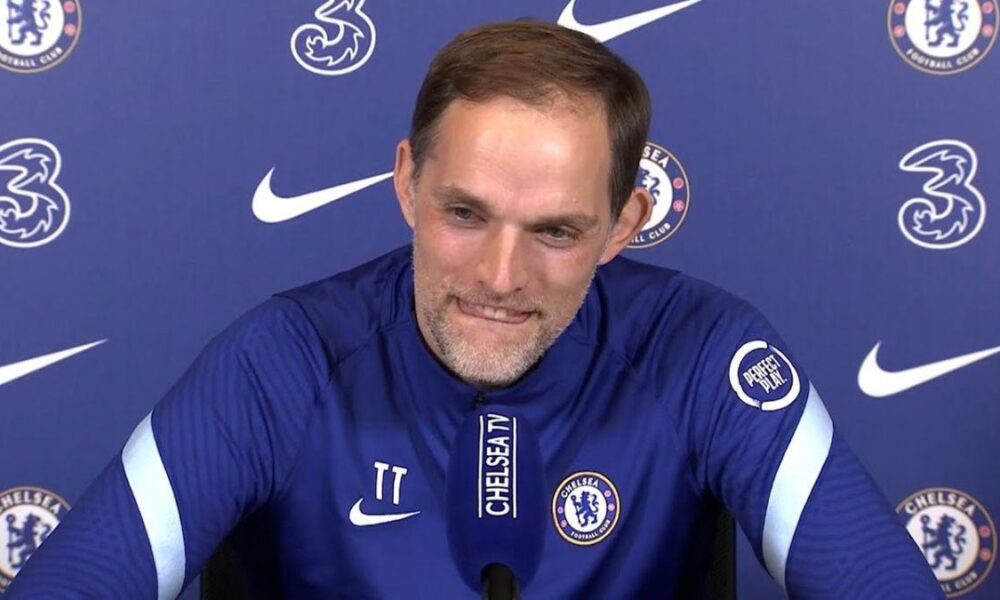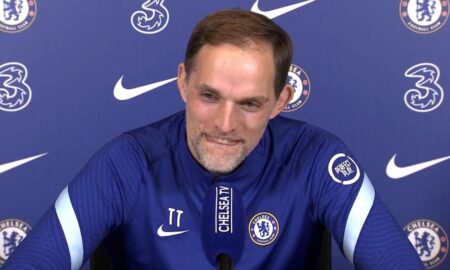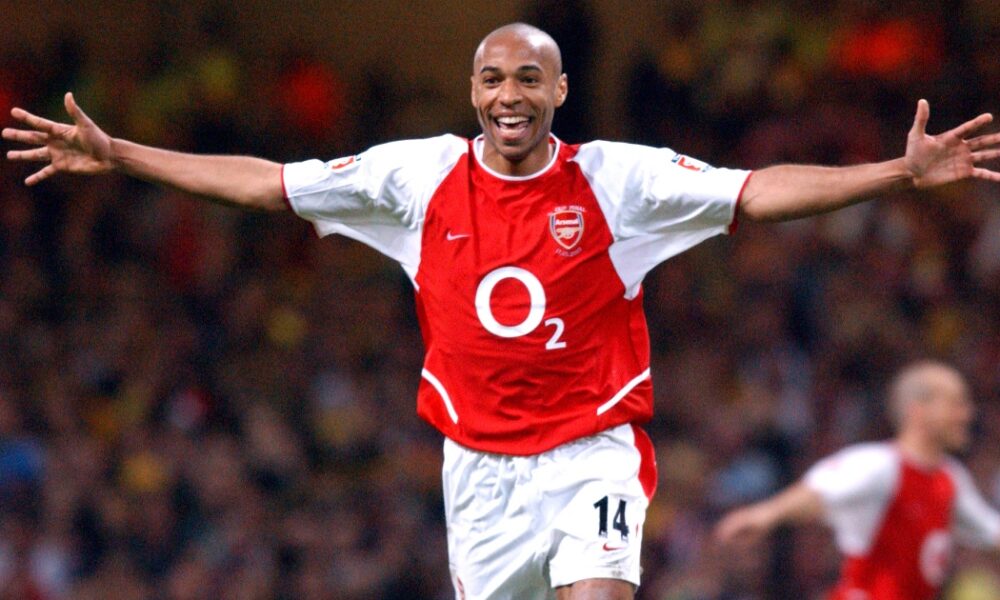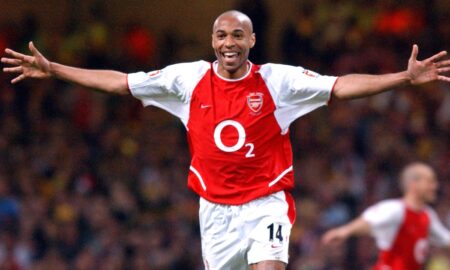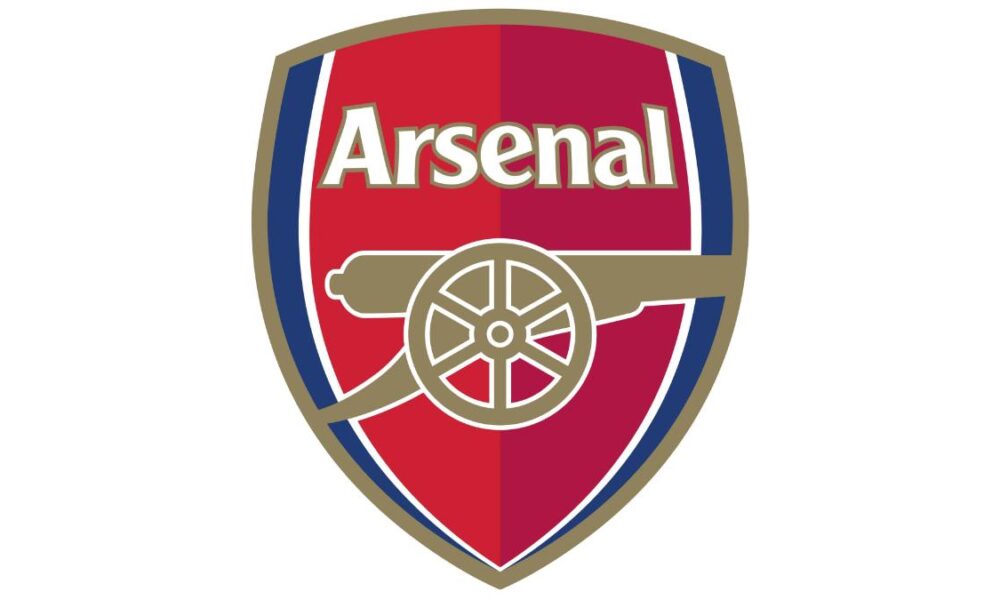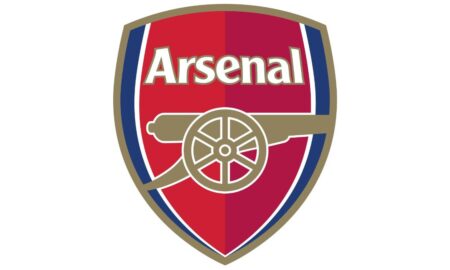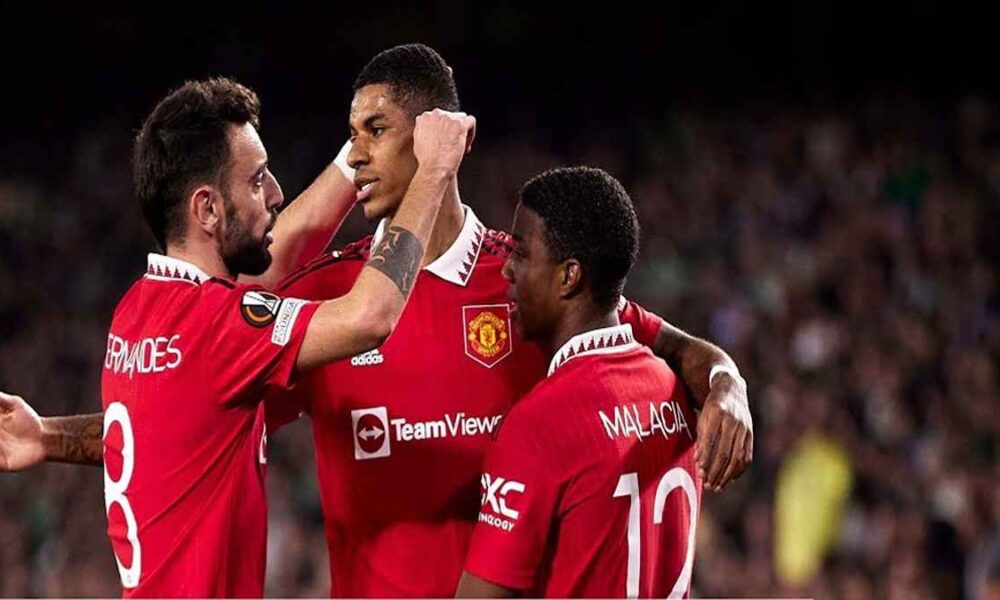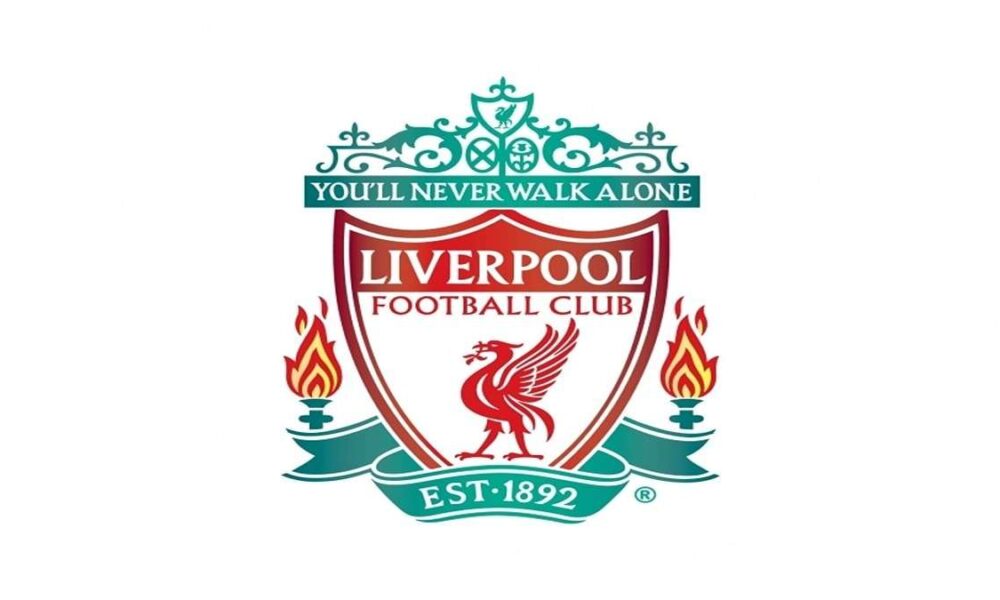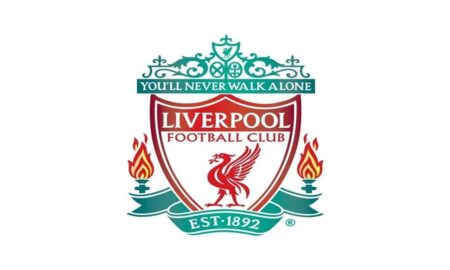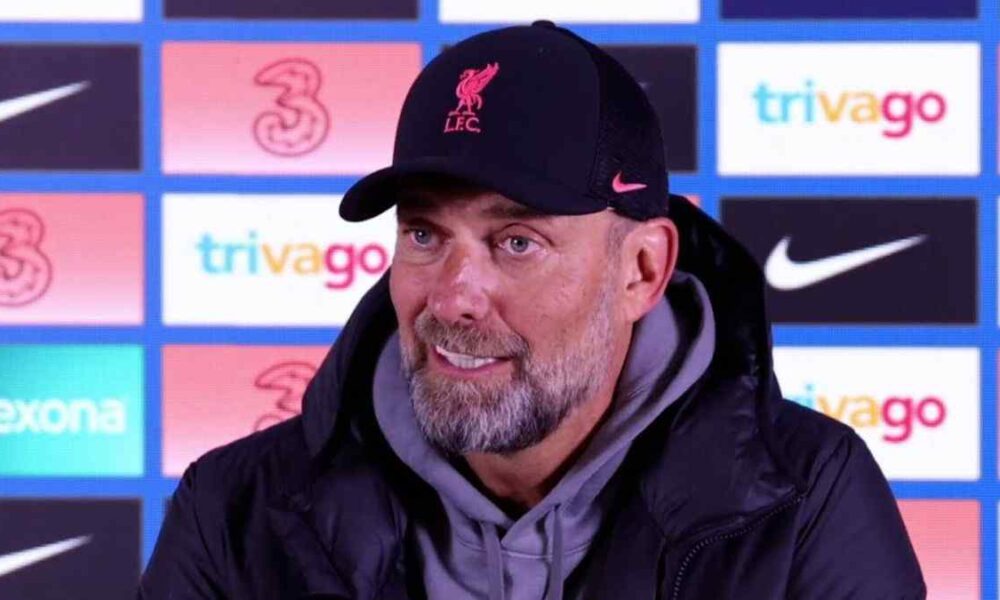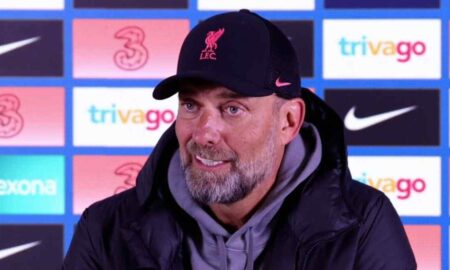Mercedes trackside engineer Andrew Shovlin has reacted to the incident that happened last week during the Japanese GP.
A tractor came on track after the crash of Carlos Sainz on the opening lap of the Japanese Grand Prix. Drivers were horrified to see the recovery vehicle while all the cars were still on the track.
The incident was criticized by multiple drivers as more videos surfaced. The whole F1 community was also in disbelief as the horrors from the 2014 Jules Bianchi crash resurfaced.
Pierre Gasly came dangerously close to hitting the vehicle as he zoomed past it at high speed. He recalled the incident claiming he could have died there.
The Frenchman was later awarded a penalty for speeding.
‘It’s impossible to say’ – Shovlin on the decision-making by the race control
Mercedes trackside engineer Andrew Shovlin also reacted to the incident during the Japanese GP. Shovlin was skeptical of the decision-making, given the troublesome conditions:
“There are always going to be situations where you need to get support vehicles to cars, there might be a driver stuck in there to assist them while there are cars on track,”
he said.
“It’s impossible to say that this is something that we can’t ever do but clearly on this occasion it did look quite dangerous but principally because of the very low grip and the poor visibility.”
The experienced engineer also further mentioned that the idea of a standing start on the intermediates didn’t turn out to be the best:
“There are a number of elements to it though,”
explained Shovlin.
“The first one is actually should the race have even been started when it was?
“When the cars left the grid, you could see there was quite a lot of spray. The drivers were saying the conditions were difficult and perhaps at that point we should have just aborted the start and waited, rather than send the cars off.
“But that will be one of the questions that will be asked.
“It was also unusual under those very low grip conditions that even if you were driving at the safety car delta speed it was still very difficult to stay on track, the visibility was extremely poor, and we would have probably needed to be going even slower to make sure it’s safe.
“And then there is the question about the timing of sending recovery vehicles out while there were still cars going around the circuit. All of those elements will be reviewed.”
In the end, Max Verstappen won the Japanese Grand Prix to secure his second world title in a row.
For more sports-related news, follow us on Twitter.

